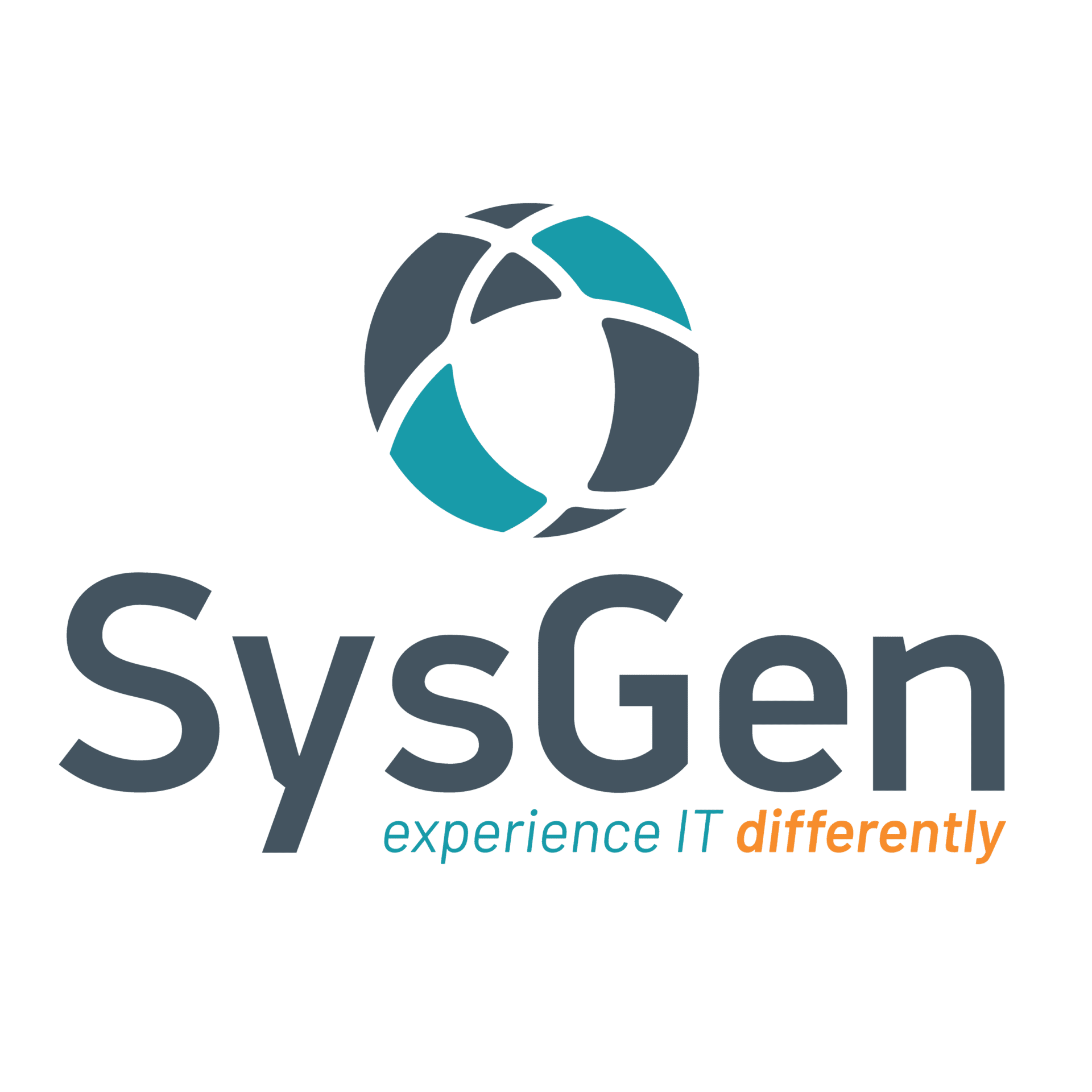Today, we do and use everything online. Since applications on mobile devices have become an integral part of our lives, ensuring the security of our personal and sensitive information is paramount. The rise of cyber threats, particularly phishing attacks, has made it increasingly challenging to safeguard our online presence, both in the workplace and in our personal space. This is where Multi-Factor Authentication (MFA) comes into play, offering a vital defence against phishing attacks.
In this article, we will explore the significance of phishing-resistant MFA, its underlying principles, vulnerabilities of traditional MFA methods, the advanced MFA solutions that are less susceptible to phishing, and how to implement them effectively. Additionally, we will delve into emerging trends and technologies that promise to enhance the future of MFA and cybersecurity.
Table of Contents
What is Phishing?
Phishing is a deceptive practice that exploits human psychology in order to gain unauthorized access to personal information. It is a malicious practice where bad actors impersonate legitimate individuals (e.g., the CEO of an organization) to deceive people into revealing sensitive information, such as credit card details, login passwords, and usernames. The collected information is used for malicious activities, such as identity theft, financial fraud, or unauthorized access to personal and business accounts.
Phishing attacks often take the form of deceptive messages that appear as genuine communication. For example:
- Fraudulent emails from a CEO asking for a financial transfer
- Emails claiming to be from a bank and asking the recipient to click on a link to update their account information/make a payment.
The links for these attacks lead to a counterfeit website designed to steal login credentials. One of the most common examples of a phishing attack is the “Nigerian Prince” scam, where the scammers promise rewards (often financial) in exchange for an upfront fee or personal information.
The human element is often exploited when phishing compromises security. These phishing attacks are often successful because they target vulnerability, such as:
- Fear
- Curiosity
- Trust
When people fall victim to phishing attacks, their personal information is put at risk. Successful phishing attacks can have prolonged consequences, not only for the people but also for the businesses and organizations they’re a part of.
Any consequence, big or small, can be distressing and costly for successful phishing attacks. On an individual level, victims may experience stolen identities, compromised personal information, and distressing financial loss. In some cases, the damage can be irreversible. This can lead to emotional distress, compromised mental well-being, and ruined financial histories.
Companies and Phishing Attacks
For businesses and organizations, consequences can be more severe. Data breaches resulting from successful phishing incidents can lead to legal liabilities, decreased company reputability, and significant financial losses. Long-lasting damage can affect reputation and loss of consumer trust. Some organizations can take months to fully recover from extensive phishing attacks. Therefore, organizations need to take a proactive approach to cybersecurity.
Understanding Multi-Factor Authentication (MFA)
Multi-factor authentication (MFA) is a security measure that requires users to provide two or more authentication factors in order to gain access to an account or system. As an added layer of security key, this reduces the risk of unauthorized access significantly. This is because it goes beyond the simple single username and password combination.
MFA adds layers of verification that could include something you know (e.g., a password), something you have (hardware token, smartphone), and something you are (fingerprints, retina scans, facial recognition). This multi-pronged protection can significantly enhance security by making it much harder for bad actors to breach personal and business accounts. MFA operates on the concept of “factors.” These factors can be categorized into three primary types:
- Something You Know: This includes knowledge-based factors like passwords or PINs. It’s the most common form of authentication method, but it can be vulnerable if not used securely. That’s why it’s important to have passwords that are complicated with unique combinations that only you would know.
- Something You Have: This factor involves physical possessions, such as smartphones or hardware tokens, which generate one-time codes. Your smartphone should also come with its own set of MFA (e.g., PIN to unlock your phone) for additional protection. Your hardware tokens should be kept in a safe place that only you can access.
- Something You Are: Biometric factors like facial recognition/ID, fingerprints, and retina scans fall into this category. Biometrics provides a highly secure means of authentication, and today’s technology makes it easy to implement them in your mobile devices.
By using the combination of these factors, it makes it exceedingly difficult for malicious actors to gain unauthorized access, even if they manage to acquire one type of authentication. For example, if a bad actor knows your password but doesn’t have your fingerprints, there’s a high chance they will be unsuccessful in accessing your protected data.
Key Benefits of MFA
MFA offers several key advantages in preventing unauthorized access.
- First, enhanced security – implementing MFA in your devices can significantly increase the difficulty of unauthorized access, as it requires multiple verification steps. This can deter bad actors from attempting to access accounts without permission.
- Second, MFAs can reduce the risks of phishing, as they can mitigate the effectiveness of phishing attacks since cybercriminals cannot gain access with only stolen passwords.
- Third, MFAs add protection to personal information and can safeguard sensitive information from identity theft and fraud.
- Finally, MFAs are adaptable because they can be implemented across various platforms and devices, making them versatile and convenient for users.
The Vulnerabilities of Traditional MFA
No matter how robust traditional methods like One-Time Passwords (OTP) and SMS-based MFA are, they still have their vulnerabilities.
- OTPs can, unfortunately, be intercepted or stolen. This is because cybercriminals can still get into phone numbers associated with an account, which could lead to unauthorized access.
- Phishing attacks often target traditional MFA methods and they attempt to trick users into revealing their MFA codes or access information. Many cybercriminals can manipulate users into disclosing this information through phishing emails, fake login screens and websites, and this can compromise the security of their accounts.
Users need to remain mindful even when MFAs have been implemented in their accounts, as phishing attacks can come from anywhere online.
Current Examples of MFA Vulnerabilities
Numerous real-life examples highlight the vulnerabilities of traditional MFA.
- The first one is the infamous SIM swapping attack; this is where a bad actor convinces a mobile carrier to transfer a victim’s phone number to a new SIM card. Now that the bad actor controls the victim’s phone number, they can intercept SMS-based MFS codes and gain unauthorized access to accounts.
- The second most common example is requesting admin access to unauthorized social media accounts. Bad actors can request to assign admin permissions to themselves for a particular Facebook page and gain access to other social media accounts from there or collect sensitive business content from the account.
Phishing-Resistant MFA
While traditional MFAs may not be the most robust protection against phishing attacks, cybersecurity experts have come up with phishing-resistant MFAs. These are a more secure form of MFA designed to withstand specific phishing attacks; they combine stronger authentication factors and advanced methods to ensure that even if an attacker obtains one factor, they cannot gain access to an account. Phishing-resistant MFA includes advanced methods such as:
- Biometrics, which include fingerprint or facial recognition provide a highly secure authentication factor.
- Hardware tokens, which are are physical devices that generate time-based codes that are difficult for attackers to intercept.
- Push notifications, which are used for users to receive on their mobile devices to approve or deny access requests, which can offer real-time authentication.
These advanced methods are less susceptible to phishing attacks because of their unique attributes. Biometrics rely on physical characteristics that are challenging to replicate, hardware tokens generate constantly changing codes, and push notifications provide real-time user interaction for the authentication process, making them resilient against traditional phishing tactics.
The Importance of Choosing Phishing-Resistant MFA
Phishing-resistant MFA may be a powerful security key, but user education and awareness still play a crucial role. People have to understand the importance of MFA and how to actively recognize phishing attempts. Educating users about the benefits and best practices of MFA can significantly enhance data and information security. Phishing-resistant MFA is not just relevant for individuals; businesses and organizations also benefit from this tool. People must opt for phishing-resistant MFA to safeguard their online identities, personal information, and sensitive financial assets. It may require a bit of extra effort during the setup but offers invaluable peace of mind.
Implementing Phishing-Resistant MFA
There are multiple steps to take to enable phishing-resistant MFA to your accounts:
- Select a phishing-resistant method: Choose from biometrics, hardware tokens, or push notifications.
- Enable MFA in Account Settings: Access your account settings and enable MFA. Follow the setup process for your chosen method.
- Secure your MFA device: Secure your MFA device to prevent physical theft or unauthorized access.
- Update regularly and monitor: Keep your MFA methods up to date and monitor your accounts for any unusual activity.
For businesses and IT organizations, implementing phishing-resistant MFA requires further strategy and careful planning, starting with:
- Evaluating security needs: Assess your organization’s security requirements and choose the most suitable phishing-resistant MFA methods.
- Train employees: Provide training and resources to employees to ensure they understand the new security measures.
- Integrate with existing systems: Implement MFA in a way that seamlessly integrates with existing systems and user workflows.
- Enforce MFA policies: By making MFA mandatory for all employees who access sensitive data and systems, you can further enhance protection through MFA.
Best Practices
Implementing phishing-resistant MFA still requires best practices to be followed. First, you must regularly review and update MFA policies and methods to adapt to emerging threats. Next, conducting security audits and assessments can help identify and address vulnerabilities. After this is complete, take the time to educate users about the importance of not sharing MFA codes or using them on suspicious websites. As a final step, you can encourage strong password practices in conjunction with MFA to further enhance security keys.
Future Trends in MFA
The future of MFA holds strong promise with emerging technologies, such as behavioural biometrics, quantum-safe MFA, and blockchain-based MFA.
- Behavioural biometrics can help analyze user behaviour and patterns for authentication.
- Quantum-safe MFA can help prepare for the future of quantum computing that may break existing encryption.
- Blockchain-based MFA can assist in leveraging the security of blockchain technology for authentication.
AI and machine learning will play a crucial role in MFA by continuously improving threat detection and the authentication process. These technologies can analyze user behaviour and network activity to identify anomalies and potential threats, thus enhancing security.
MFA is on a continuous journey of adapting to the changing landscape of cybersecurity. It will eventually become user-friendly and integrated into everyday life, offering stronger protection against cyber threats. As technology continuously evolves, the importance of phishing-resistant MFA will only grow, ensuring a safer digital future for people and organizations.
Conclusion
In conclusion, phishing-resistant Multi-Factor Authentication (MFA) is a critical component in the fight against the growing threat of phishing attacks. While phishing can have severe consequences for different levels of stakeholders, traditional MFA methods are not always sufficient to protect against phishing. Instead, phishing-resistant MFA incorporates advanced authentication methods and offers a robust defence against these threats.
Phishing-resistant MFA not only secures personal information but also helps protect organizations from costly data breaches and reputational damage. As innovations in the cybersecurity field move forward, we can continuously try to make phishing-resistant MFA a standard practice in our digital space, ensuring a safer and more secure online environment for everyone.
At Sysgen, we’re focused on IT solutions that help businesses achieve their goals, and avoid phishing scams. If you’re looking to learn more about phishing-resistant multi-factor authentication methods, reach out to us. Our team can walk you through implementation, along with other cybersecurity solutions.
Get in touch with the SysGen IT team



